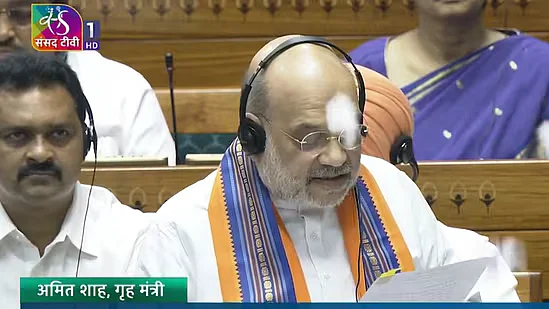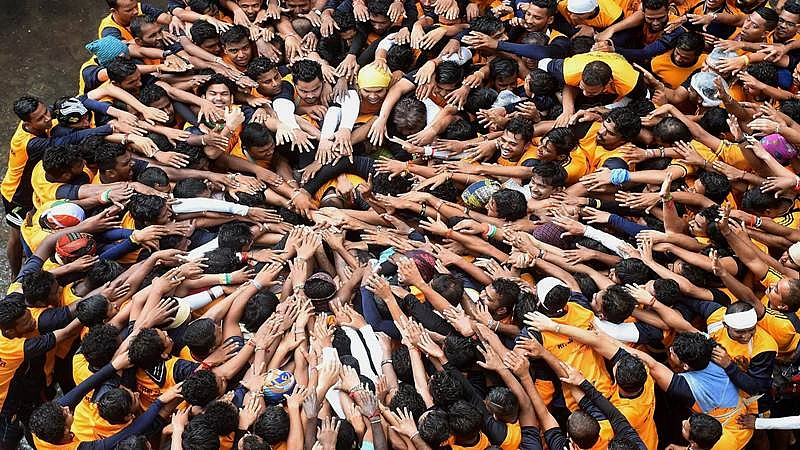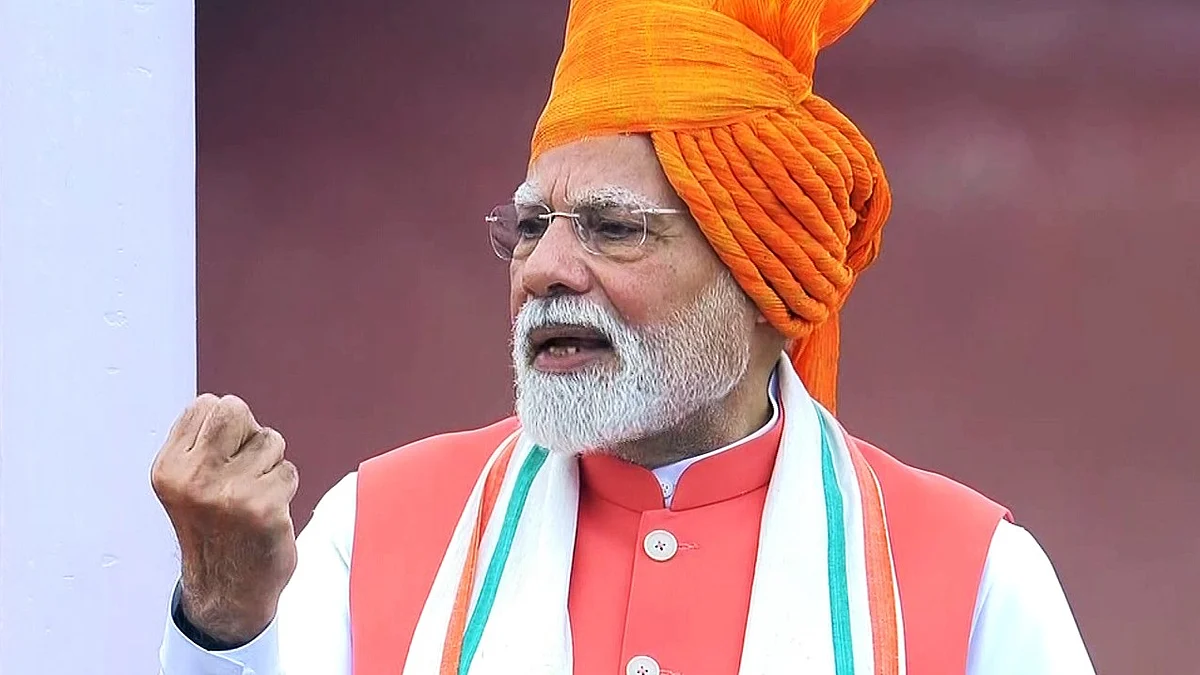Bridge the digital divide in education
Latest data released by the ministry of education show that the digital divide in India’s education sector between the haves and the have-nots and between the government and the private education systems, have only been widened and deepened by the Covid-19 pandemic. The Unified District Information System for Education report for 2019-20 released on Thursday, makes for disturbing reading. In a year when the entire school system, ranging from playschool to Class 12 was forced to go online due to the pandemic-enforced closure of schools across the country, the report shows that 78 per cent – or nearly 4 out of 5 of the more than 15 lakh schools in the country covered by the report – did not have access to the Internet.
This means that students of these schools simply missed out on continuing with their education, with the exception of individual efforts made by committed teachers here and there. When it comes to government schools, the situation is worse – only 12 per cent, or barely one in ten government schools had access to the Internet. In fact, only about 30 per cent, or less than one-third of government schools had functioning computers.
Clearly, for the teachers and students of these schools, online learning remains a bridge too far. While this points to a stark digital divide, the picture varies sharply from state to state. The richer and more developed states, as well as all the southern states, do far better than the national average when it comes to computers and internet. But traditionally less developed states such as Assam had only 13 per cent schools with computers. Madhya Pradesh (13 per cent), Bihar (14 per cent), West Bengal (14 per cent), Tripura (15 per cent) and Uttar Pradesh (18 per cent) all lagged. Again, the situation is worse in government schools, with 95 per cent of government schools in UP lacking working computers.
The connectivity divide is worse. Only three states — Delhi, Gujarat and Kerala — had Internet facilities in a majority of schools. Even where the schools had the facilities, lack of access continued to be a problem since the children did not have digital devices to access online classes. Only Kerala and Rajasthan reported near 100 per cent availability of a digital device in the form of a smartphone, internet-enabled tablet or computer with the children. More than one crore children in Bihar and over 30 lakh children in states like Karnataka and Jharkhand did not possess a suitable digital device.
While India has made great strides in school education at all levels – according to the report, The Gross Enrolment Ratio – the percentage of eligible children actually enrolled in a school – has risen across all levels. The GER increased to 89.7 per cent (from 87.7 per cent) at the upper primary level, 97.8 per cent (from 96.1 per cent) at the elementary level, 77.9 per cent (76.9) at the secondary level and 51.4 per cent (from 50.1 per cent) at the higher secondary level in 2019-20 (from 2018-19). While this is encouraging, especially the rise in the enrolment of girls and the rising gender parity index in the secondary and higher levels, the extraordinary situation precipitated by the pandemic calls for a radical change in the approach to school education.
In a year when most of the country’s 26 crore-plus schoolkids have been unable to attend a physical class for more than a year, the absence of basic digital facilities in schools, and the lack of access to digital learning for lack of a suitable device or the financial ability to afford a broadband plan, makes a mockery of the fundamental right to education for all, guaranteed under the Right To Education Act.
The situation is made worse by the crisis affecting the private education system, particularly the ‘private’ schools in Tier 2, 3 and 4 cities and rural areas. An estimated 15 lakh schools across India closed down during pandemic-hit 2020, as they were unable to function properly and pandemic-hit parents were unable or unwilling to pay the fees. This will lead to high dropout rates as and when schools do reopen. There is a strong possibility of increased dropout rates when schools reopen after the second wave. As many as 11 million girls may not return to school worldwide after the pandemic, according to UNESCO. A UNICEF study estimates that 463 million children were forced to drop out due to lack of resources at home.
The call to action is clear. The government needs to sharply step up spending on education, particularly in ensuring digital infrastructure and digital access, especially to the poor. The Parliamentary Committee on Education has recommended a scheme of assistance and subsidised finance to poorer students. This needs to be taken a step further. Just like uniforms, books and mid-day meals are provided, a basic tablet or device with a suitable broadband plan pre-loaded, must form part of the basic assistance handed to students on the wrong side of the digital divide.










